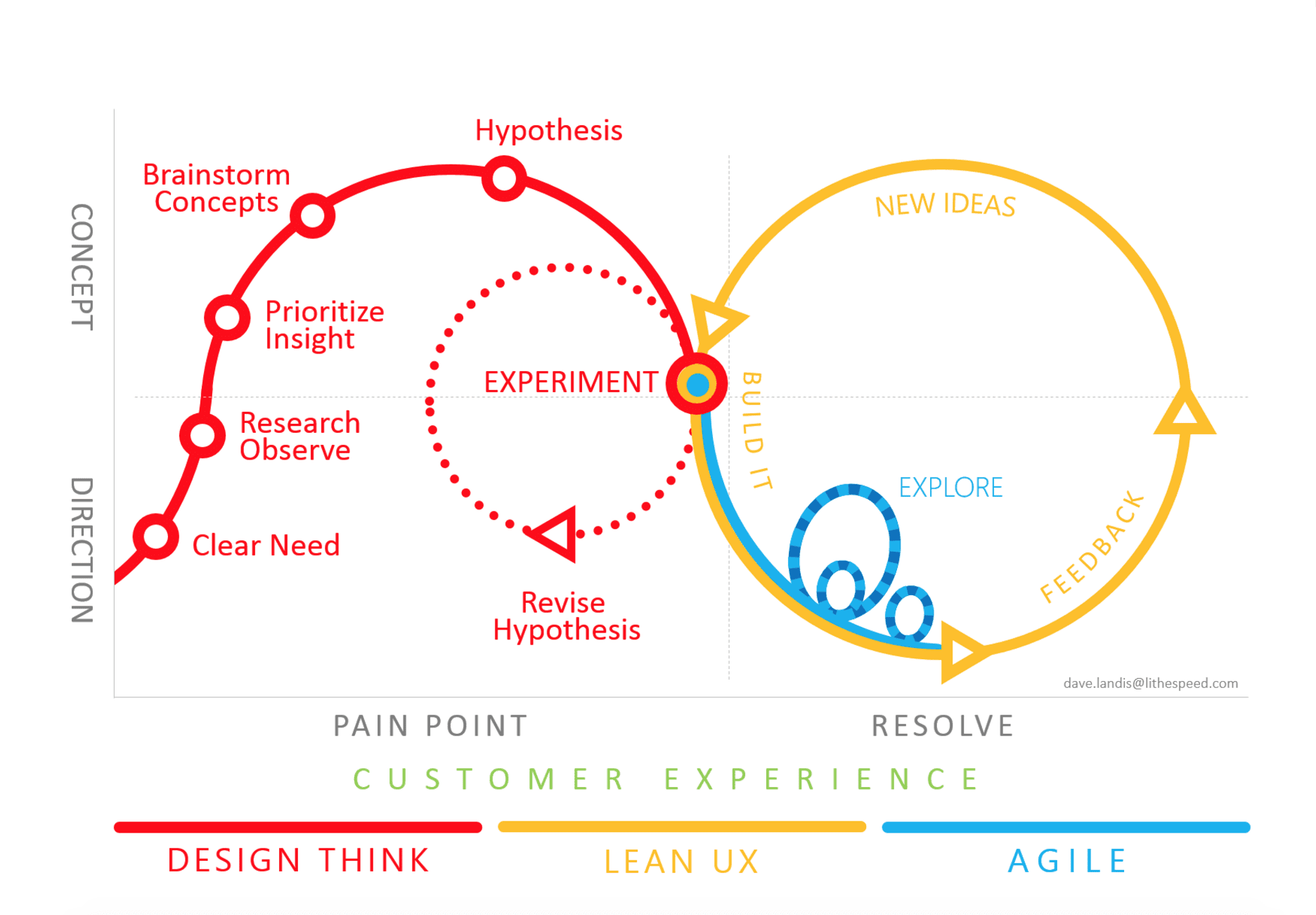Research
User Story
Requirements gathering is the first step in a Lean UX flow. Typically this may come from the Product Owner who has a specific user story they are crafting to solve a particular user problem they have received feedback regarding. At this point, the user story is a hypothesis of what should be done so that a specific user type (persona) can perform a particular task to accomplish the desired outcome. The Product Owner will provide a backstory about the problem statement's scope and breadth, source, and business value.
Persona Identification
Personas are generalizations about user types that interact with your product. These are often defined by job titles, roles, or shared responsibilities that give that particular user type reason to interact with your product. Identifying these personas early and reusing them often will give your developers and Product Owners a clearer picture about whom they are building these products for and why.
User Flows
Personas attempting to achieve the desired outcome of the user story will try to do so in perhaps various ways. Mapping out the exact flows we expect the user to take is a beneficial communication tool to get everyone on the same page. It's also essential to map out all of the not-so-happy paths that a user might take to ensure all of the testings of edge cases are covered appropriately.
Journey Maps
Journey Maps help analyze the users' emotional and psychological state at different points along existing user flows. I typically construct with these in collaboration with our users. This activity helps to create empathy for our users, identify friction with our product, and give everyone a broader perspective of our products' strengths and shortcomings.
Brainstorming
Brainstorming sessions help bring stakeholders, end-users, and UX Designers to the same table to formulate a solution. This activity can be done virtually with whiteboarding tools, spatially with VR conferencing tools, or even in person should the opportunity arise (like at user conferences). These sessions enrich everyone involved and bring more information to the table like external factors, workflow patterns, user behaviors and thought patterns, and physical limitations to feed into better design thinking and problem-solving.
